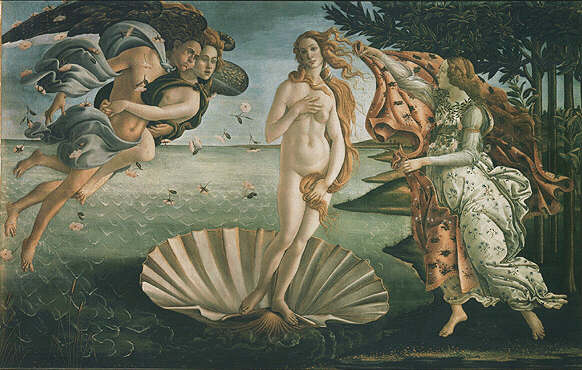Stage 2 – In Colour
1 – Rectangle one is 20cm x 15cm. The space was divided by lines from XXXXX to XXXX. The in the space between lines I filled with curves. There are two colours, black and dark blue.

rectangle 1
2 – Rectangle two is very long and horizontal. There are horizontal and vertical straight lines which divide it into smaller rectangles and squares. This is a very interesting composition where the cadmium red rectangle in the top right corner drags attention towards it. Then we have a cadmium yellow rectangle in the bottom middle part, This is a great example of colour interaction, where different tones of grey work sometimes weaker when they are surrounded by warm colours. This is what I remember from Chapter 2, project 4 “How colours affect each other”.

rectangle 2
3 – Rectangle three is quite big with lines and curves. My selection of colours is an orange with complementary blue. Then yellow with complementary purple. A big variety of shapes and colours makes this rectangle very visible, however with a balanced composition.

rectangle 3
4 – Rectangle four is quite a small size with cadmium red and ultramarine, one third of the area is white. All curves make this composition very lively and it looks like it is moving from the left side to the right.

rectangle 4
5 – Rectangle five is a compilation of lines, rectangles, triangles and squares. There is a small circle or rectangle in each section. The selection of different greens goes well with contrasting lemon yellow. To balance the composition I used a big black rectangle on the right side,

rectangle 5
Overall the composition starts from the bottom left corner and carries on across the middle part of the A2 sheet. Then straight down the right side.
Project 2 : Geometry
Stage 1 : Hidden Geometry
a) 'Crucifixion ' - Andrea Mantegna
b) ' Madonna of Mercy' Pierro della Francesca
c ) 'Birth of Venus ' Sandro Botticelli

d) 'Martyrdom of St. Sebastian ' Antonio Pollaiuolo
 Stage 2: A Geometric Grid
Stage 2: A Geometric Grid

composition1

composition 2

composition 3











































